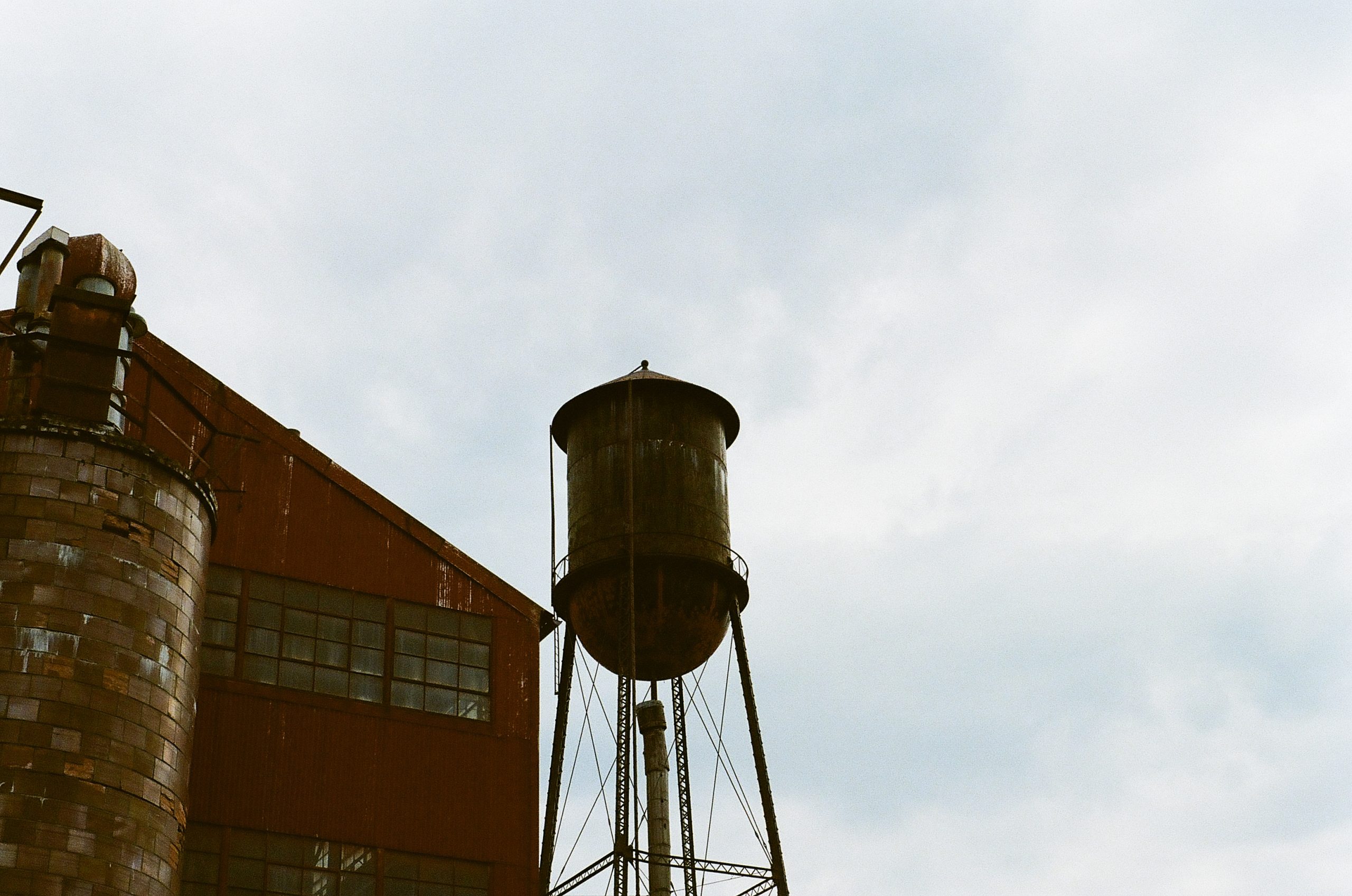In the fast-paced world of construction, ensuring the safety of workers is paramount. It’s not just about following industry standards, but understanding the legal aspects of construction safety as well. This article dives into the legal landscape, addressing common concerns and providing reassurance and guidance. We’ll explore the regulations that govern construction sites, the responsibilities of employers, and the rights of workers. With a friendly and informative tone, we aim to create an emotional connection while delivering crucial information. So, whether you’re an employer or a worker navigating the construction industry, this article will equip you with the knowledge you need to prioritize safety on the job site.

1. Importance of Construction Safety Laws
Construction safety laws play a crucial role in ensuring the well-being of workers and the overall success of construction projects. These laws are put in place to protect workers from hazards and prevent accidents and injuries on construction sites. In this article, we will explore the purpose of construction safety laws, the legal obligations of construction companies, and the consequences of non-compliance.
1.1 The Purpose of Construction Safety Laws
The primary purpose of construction safety laws is to promote a safe working environment and prevent accidents and injuries. Construction sites are inherently hazardous due to the nature of the work involved, such as working at heights, handling heavy machinery, and working with electrical systems. Construction safety laws set forth regulations and standards that construction companies must adhere to in order to minimize these risks and protect the health and safety of workers.
1.2 Legal Obligations of Construction Companies
Construction companies have legal obligations to ensure the safety of their workers. These obligations include providing a safe working environment, implementing safety policies and procedures, providing appropriate training to workers, and ensuring the proper use of safety equipment and protective gear. Failure to fulfill these legal obligations can result in serious consequences, both legally and morally.
1.3 Consequences of Non-Compliance with Construction Safety Laws
Non-compliance with construction safety laws can have severe consequences for both construction companies and individuals involved. From a legal perspective, construction companies can face fines, penalties, and even criminal charges for failing to comply with safety regulations. In addition, the reputational damage resulting from non-compliance can have long-lasting effects on a company’s success and ability to secure future projects. More importantly, non-compliance puts workers at risk of accidents, injuries, and even fatalities, which can have devastating physical, emotional, and financial consequences for the individuals involved and their families.
2. Key Construction Safety Legislations
Several key legislations address construction safety at the national level. These legislations provide the framework for implementing and enforcing construction safety laws. Let’s take a closer look at some of the most important legislations in this domain.
2.1 Occupational Safety and Health Act (OSHA)
The Occupational Safety and Health Act (OSHA) is a federal law in the United States that sets forth the standards and regulations for workplace safety. Under OSHA, construction companies are obligated to provide a safe working environment, establish safety programs, and provide training to employees. OSHA also conducts regular inspections to ensure compliance with safety standards and holds companies accountable for violations.
2.2 Construction (Design and Management) Regulations (CDM)
In the United Kingdom, the Construction (Design and Management) Regulations (CDM) govern construction safety. These regulations focus on the design and planning stages of construction projects and aim to ensure that safety considerations are integrated from the beginning. CDM places responsibilities on various parties involved in a construction project, including clients, designers, principal contractors, and workers.
2.3 Health and Safety at Work Act (HASAWA)
The Health and Safety at Work Act (HASAWA) is a fundamental piece of legislation in many countries, including the United Kingdom. HASAWA places a general duty of care on employers to ensure the health, safety, and welfare of their employees. This includes providing a safe working environment, proper training, and the necessary safety equipment and tools.
3. Responsibilities of Construction Companies
Construction companies have a range of responsibilities when it comes to ensuring construction site safety. Understanding these responsibilities is essential for creating a safe working environment and avoiding legal issues.
3.1 Employer’s Duty of Care
Employers have a legal duty of care towards their employees, meaning they must take reasonably practicable steps to ensure their health and safety. This duty includes providing a safe working environment, conducting risk assessments, implementing safety measures, and providing adequate training and supervision. Employers must also take into account any specific hazards present on the construction site and mitigate those risks accordingly.
3.2 Employee’s Duty to Follow Safety Measures
Employees also have responsibilities when it comes to construction safety. They must follow the safety measures put in place by their employer, use safety equipment correctly, and report any hazards or risks they come across. By actively participating in safety protocols, employees contribute to creating a safe working environment and protecting their own well-being.
3.3 Liability for Third Parties
Construction companies may also have liability for the safety of third parties, such as visitors or passersby. It is important for construction companies to consider public safety in their construction plans and take appropriate measures to prevent accidents or injuries to individuals who may be affected by their work.
4. Common Construction Safety Violations
Despite the presence of construction safety laws and regulations, safety violations still occur on construction sites. The following are some of the most common safety violations that construction companies should be aware of and actively work to prevent.
4.1 Inadequate Fall Protection
Falls from heights are a significant risk in the construction industry. Construction companies must provide appropriate fall protection systems, such as guardrails, safety nets, or personal fall arrest systems, to prevent falls and protect workers working at heights.
4.2 Unsafe Scaffolding
Improperly erected or maintained scaffolding can lead to serious accidents and injuries. Construction companies must ensure that scaffolding is erected by trained personnel, regularly inspected, and meets all safety standards and regulations.
4.3 Electrical Hazards
Working with electricity poses significant risks on construction sites. Construction companies must implement effective electrical safety measures, including proper insulation, grounding, and the use of appropriate personal protective equipment, to protect workers from electrical hazards.
4.4 Lack of Proper Training and Supervision
Insufficient training and supervision can lead to accidents and injuries. Construction companies must ensure that all employees receive the appropriate training for their assigned tasks and are adequately supervised to prevent unsafe practices.
4.5 Failure to Provide Personal Protective Equipment (PPE)
Personal protective equipment, such as hard hats, safety goggles, gloves, and respiratory protection, plays a crucial role in preventing injuries on construction sites. Construction companies have a responsibility to provide and enforce the use of appropriate PPE for all workers.
4.6 Poor Hazard Communication
Effective communication of hazards is vital for creating awareness and preventing accidents. Construction companies should have clear procedures in place to communicate hazards to workers, such as through safety meetings, signage, and training programs.

5. Legal Consequences of Construction Safety Violations
Failure to comply with construction safety laws can result in various legal consequences for construction companies and individuals involved. Let’s explore some of the potential legal ramifications of construction safety violations.
5.1 Fines and Penalties
Construction companies found in violation of safety regulations can face substantial fines and penalties. These fines can vary depending on the severity of the violation and the jurisdiction in which the violation occurred. Repeat offenses or willful violations may result in higher fines.
5.2 Lawsuits and Civil Liability
Safety violations can lead to accidents and injuries, which may result in individuals filing lawsuits against construction companies. Construction companies can be held liable for medical expenses, lost wages, pain and suffering, and other damages resulting from the accident. Litigation can be costly and time-consuming, potentially causing significant financial strain on the company.
5.3 Criminal Charges and Prosecutions
In cases of severe safety violations or accidents resulting in fatalities, construction companies and individuals may face criminal charges. These charges can range from misdemeanors to felonies and can have serious consequences, including fines and imprisonment.
6. Construction Safety Inspections and Enforcement
Inspections and enforcement play a critical role in ensuring construction safety compliance. Let’s take a closer look at the process and entities involved in inspecting and enforcing construction safety laws.
6.1 Role of The Occupational Safety and Health Administration (OSHA)
The Occupational Safety and Health Administration (OSHA) is responsible for enforcing construction safety laws in the United States. OSHA conducts inspections of construction sites to assess compliance with safety regulations and standards. Inspectors have the authority to issue citations and fines for safety violations.
6.2 Inspections and Citations
During an inspection, OSHA inspectors may review safety documents, interview employees, and conduct site walkthroughs to identify potential hazards and violations. If violations are found, OSHA can issue citations, outlining the specific violations and proposing penalties.
6.3 Employer’s Rights during Inspections
Employers have rights during OSHA inspections. These rights include the right to request identification from the inspector, the right to accompany the inspector during the inspection, and the right to contest any citations or penalties issued. It is important for employers to understand their rights and cooperate with inspectors to ensure a smooth process.
7. Workers’ Compensation and Construction Safety
Workers’ compensation is an essential aspect of construction safety, providing coverage and support for workers who are injured on the job. Let’s explore workers’ compensation and the responsibilities of both employees and employers in this context.
7.1 Eligibility and Coverage
Workers’ compensation provides coverage to workers who suffer work-related injuries or illnesses. It typically covers medical expenses, lost wages, and rehabilitation costs. Eligibility for workers’ compensation varies by jurisdiction, but most construction workers are generally covered.
7.2 Filing a Workers’ Compensation Claim
In the event of a work-related injury, employees should promptly report the incident to their employer and file a workers’ compensation claim. The employer is responsible for providing the necessary forms and assisting the employee in the claims process.
7.3 Employer’s Responsibilities
Employers have specific responsibilities when it comes to workers’ compensation. These responsibilities include ensuring adequate insurance coverage, informing employees about their rights and responsibilities, and prompt reporting of injuries to the workers’ compensation insurer.
8. Ensuring Construction Safety Compliance
Construction companies can take proactive measures to ensure compliance with construction safety laws and minimize the risk of accidents and injuries. Let’s explore some key strategies for ensuring construction safety compliance.
8.1 Developing a Comprehensive Safety Program
A comprehensive safety program is essential for establishing a culture of safety within a construction company. The program should include clear safety policies and procedures, hazard identification and risk assessment processes, training programs, and mechanisms for reporting and investigating incidents.
8.2 Regular Training and Safety Meetings
Regular training sessions and safety meetings are crucial for educating employees about safety protocols and reinforcing the importance of compliance. Topics covered during these sessions can include hazard recognition, proper use of equipment, emergency procedures, and the company’s safety policies.
8.3 Engaging with Safety Consultants and Lawyers
Safety consultants and lawyers specializing in construction safety can provide valuable guidance and support to construction companies. They can help identify potential hazards, develop safety programs, navigate compliance requirements, and provide representation in legal matters.

9. Seeking Legal Assistance for Construction Safety Issues
Construction safety issues can be complex, and it is often necessary to seek legal assistance to navigate potential legal challenges. Here are some reasons why consulting with a construction safety attorney can be beneficial.
9.1 Reasons to Consult with a Construction Safety Attorney
- Construction safety attorneys have in-depth knowledge of construction safety laws and regulations, enabling them to provide sound legal advice and guidance.
- They can assist in ensuring compliance with safety regulations, minimizing the risk of legal consequences and the associated costs.
- In the event of accidents or injuries, construction safety attorneys can provide representation in workers’ compensation claims or legal disputes, ensuring the rights and interests of construction companies are protected.
9.2 Choosing the Right Attorney
When selecting a construction safety attorney, it is crucial to consider their experience, expertise, and track record in handling construction safety cases. It is also important to choose an attorney who understands the unique challenges and specific laws governing construction safety in your jurisdiction.
9.3 Steps to Take When Injured on a Construction Site
If you are injured on a construction site, it is essential to take the following steps:
- Seek immediate medical attention and make sure your injuries are properly documented.
- Report the incident to your employer and document the details of the accident.
- Consult with a construction safety attorney to understand your rights, potential legal actions, and navigate the workers’ compensation process.
10. Conclusion
Construction safety laws are of utmost importance in ensuring the well-being of workers and preventing accidents on construction sites. Construction companies have legal obligations to provide a safe working environment, implement safety measures, and ensure compliance with safety regulations. Failure to comply with these laws can have serious consequences, including fines, lawsuits, and criminal charges. By prioritizing construction safety, engaging with safety consultants and attorneys, and actively working to ensure compliance, construction companies can create a safe and productive work environment for their employees.